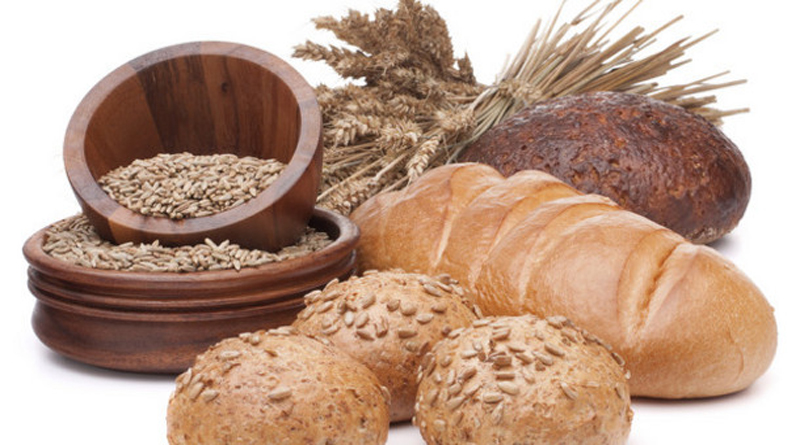High sugar content is the most significant deterrent for people when making healthy food choices – overriding fat and salt, according to a new study published in the Journal of Human Nutrition and Dietetics. The study results showed that when deciding on the healthiness of items, sugar was significantly the most important macronutrient for participants, as evidenced by the choice-based survey using the traffic light labeling system (TLL). These findings show a perpetual demonization of sugar from within the consumer base, amid a time when sugar reduction NPD is booming.
“When using the TLL, consumers often have to make trade-offs between undesirable attributes and decide which to use to guide them in making a choice. We wanted to find out whether it was fat, saturated fat, sugar or salt they most wanted to avoid and see whether the traffic light labeling was influencing this decision,” explains Dr. Ola Anabtawi, a dietician who led the research.
In the UK, TLL was introduced to aid the selection of healthier choices with a simple color-coding system in 2013. Supermarkets and food manufacturers voluntarily use this on packaging to highlight nutritional information, such as fat, saturated fats, sugar and salt content. TLL signals for red for high percentages of a certain ingredient, amber for medium and green for low. Foods with green indicators are healthier and to be preferred over those with red ones.
The study’s 858 participants were shown three options of the same food item with different nutrition traffic light label combinations, this was repeated for three products – pre-packed sandwiches, breakfast cereals and biscuits. They were asked to select which they thought was the healthiest product.
Interestingly, products flagged with a red label were avoided much more and had a more significant impact on making a healthy choice than the green label. Foods with a high sugar content were by far perceived to be the worst for health with participants avoiding these products, with excess fat, saturated fat and salt being less off-putting.
“Despite the lack of knowledge about the recommendations underpinning the TLL criteria, participants’ decisions about the healthiness of food products were significantly influenced by TLL information on the items’ sugar content. TLL do, therefore, appear to guide consumers’ beliefs in the absence of deep knowledge,” says Dr. Anabtawi.
Limelighting limitations
Nevertheless, the traffic light labeling system has its limitations. “It is important to consider the effect of disregarding other nutrients, such as fat and salt, for people with different nutritional needs. We suggest raising awareness of all nutrients to help the public achieve a well-balanced diet,” observes Dr. Anabtawi.
In 2017, The European Dairy Association (EDA) slammed the traffic lights labeling system, claiming that it falls short in certain areas relating to nutrition, dietary recommendations and what to limit in people’s diets. The EDA described the system as a “selective approach,” which does not recognize the importance of nutrient-dense foods as recommended in dietary recommendations nor does it help consumers to compose a balanced and varied diet with nutritious foods.
In addition to the labeling scheme, UK consumers may be more privy to the dangers of sugar through various campaigns throughout the country. For example, the Soft Drinks Industry Levy (SDIL) was established in April 2018 after several years of voluntary industry sugar and salt reduction programs. According to a report from Public Health England, SDIL has led to a sugar reduction in beverages of nearly a third, beating the initial 20 percent target.
Furthermore, this year the UK celebrated its first Sugar Awareness Week, a campaign led by the Action on Sugar. During the week of informational events, AoS emphasized the need for beverage manufacturers to address RTD pre-mixed spirit beverages, which may still choose to voluntarily list nutritional information.
Source: Nutrition Insight










